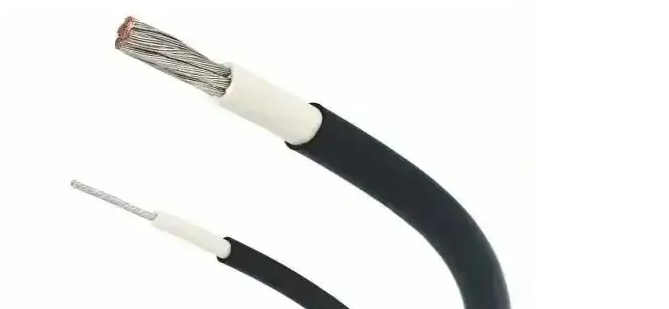
Railway locomotive cables belong to special cables and encounter various harsh natural environments during use.
These include large temperature variations between day and night, sunlight exposure, weathering, humidity, acid rain, freezing, seawater, etc. All of these factors can significantly impact the cable's lifespan and performance, even reducing its reliability and safety, resulting in property damage and personal injury.
Therefore, cables for rail transportation must possess the following basic characteristics:
1. Low smoke, halogen-free, flame-retardant properties
Generate extremely low smoke emissions during cable combustion, light transmittance ≥70%, no production of harmful substances such as halogens that are detrimental to human health, and a pH value ≥4.3 during combustion.
Flame-retardant properties must meet the relative requirements of single-cable burning tests, bundled-cable burning tests, and bundled-cable burning tests after oil resistance.
2.Thin-walled, high mechanical performance
Cables for special locations require thin insulation thickness, lightweight, high flexibility, bending resistance, and wear resistance, with high tensile strength requirements.
3. Waterproof, acid-alkali resistance, oil resistance, ozone resistance
Assess changes in tensile strength and elongation rate of cables after oil resistance. Some products undergo tests for dielectric strength after oil resistance.
4. High-temperature resistance, low-temperature resistance
Cables maintain excellent mechanical performance in high or extremely low-temperature environments without cracking after exposure to high or low temperatures.
Post time: Dec-26-2023

